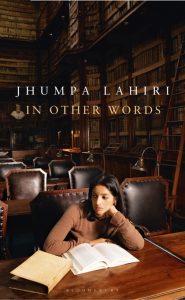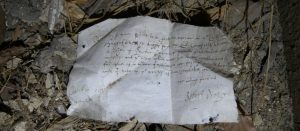Book-smells are in the news again. Some doughty chemists and heritage scientists at UCL have teamed up to produce a ‘historic book odour wheel’ that links the perceived scent of old books with their chemical olfactory triggers. So, for example, if you think your book smells of chocolate, that’s probably because it’s giving off vanillin, benzaldehyde and furfural, chemicals that are emitted as the cellulose and lignin in paper degrades. The researchers claim that they are shedding light on how libraries communicate through smell, putting the science together with cultural history to explore the elusive linguistics of scent.
This is just one of innumerable projects in which humanists and scientists are currently getting together to explore the history that lies hidden in old books (Cambridge’s own MINIARE is an excellent example of the genre). It can’t be long before we will be able to subject every book to a full body scan, reconstructing its entire history from its chemical composition. But to focus on scent is also to bring in the imponderables of the human relationship to matter, and all of the cultural variables that cannot simply be read off the physical details.
That much is clear from the comments thread at the bottom of the Guardian report on the research, in which scores of people come forward to confess their love or hate for particular old book-smells. The annuals that children cracked open at Christmas smelled lovely, it seems, while school textbooks usually smelled foul. Kindles are repeatedly faulted for their failure to smell. And the smellscapes of particular bookshops and libraries are fondly recalled. Inevitably there are plenty of parodic contributions, with regular allusions to Proust. But perhaps we are a little bit closer to understanding what the nose knows.

